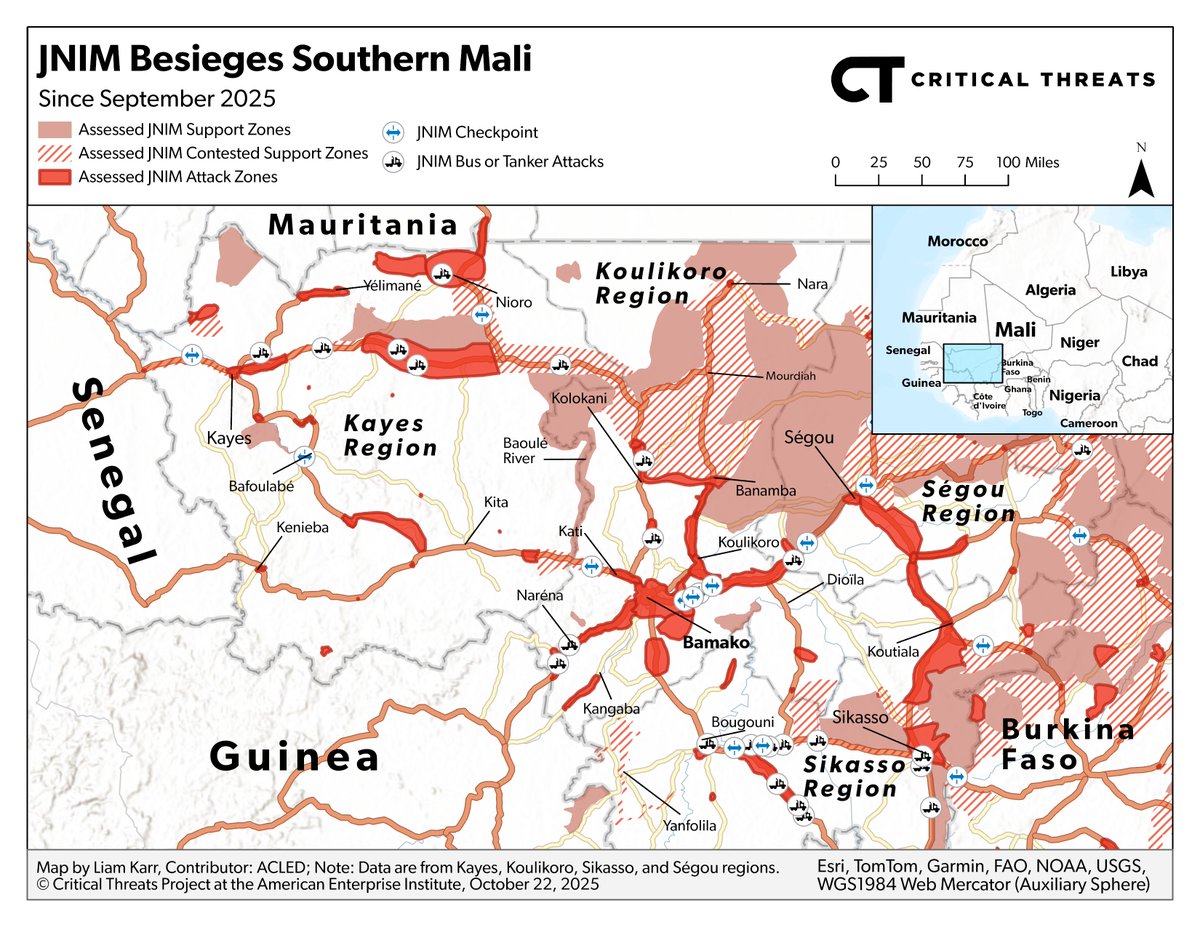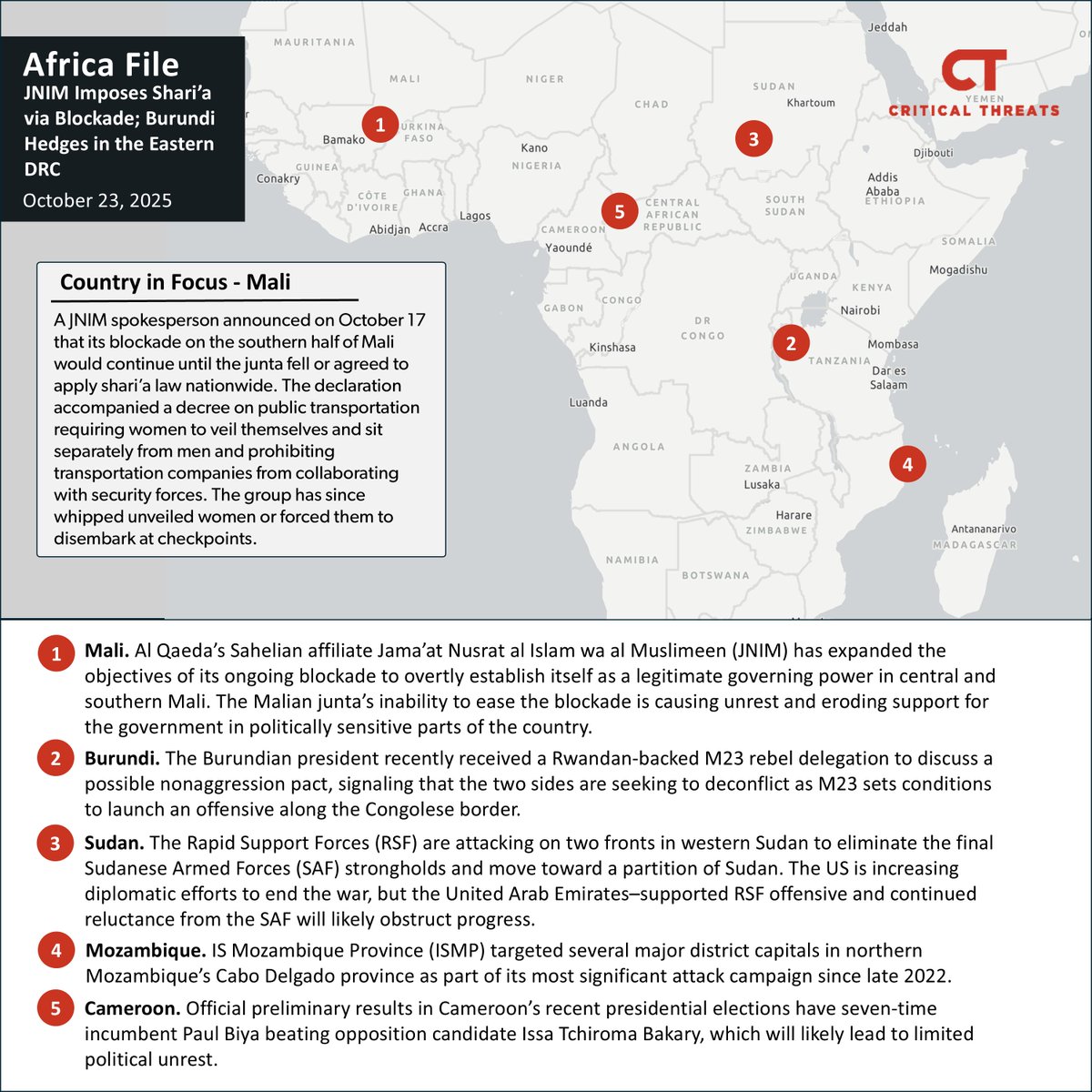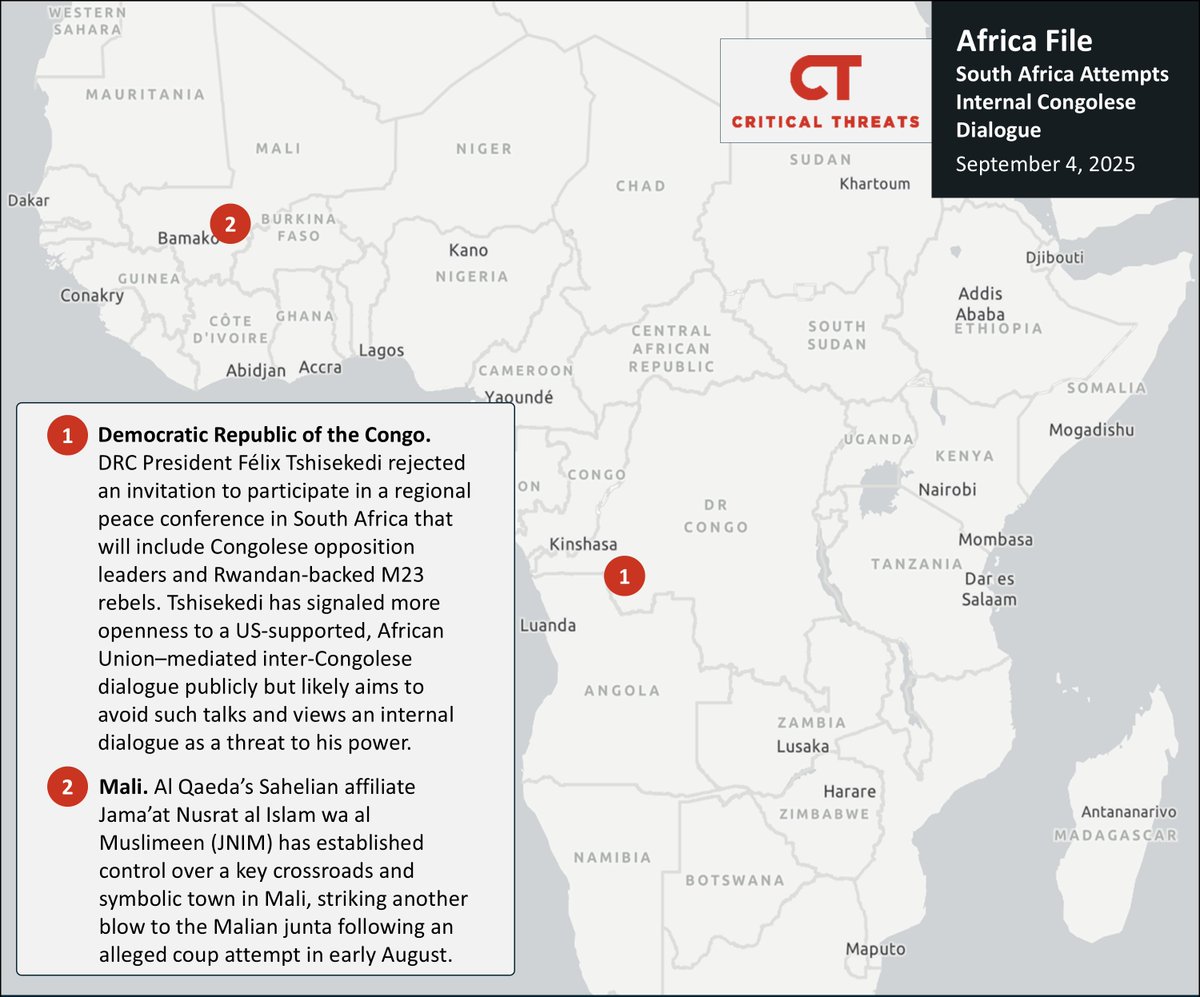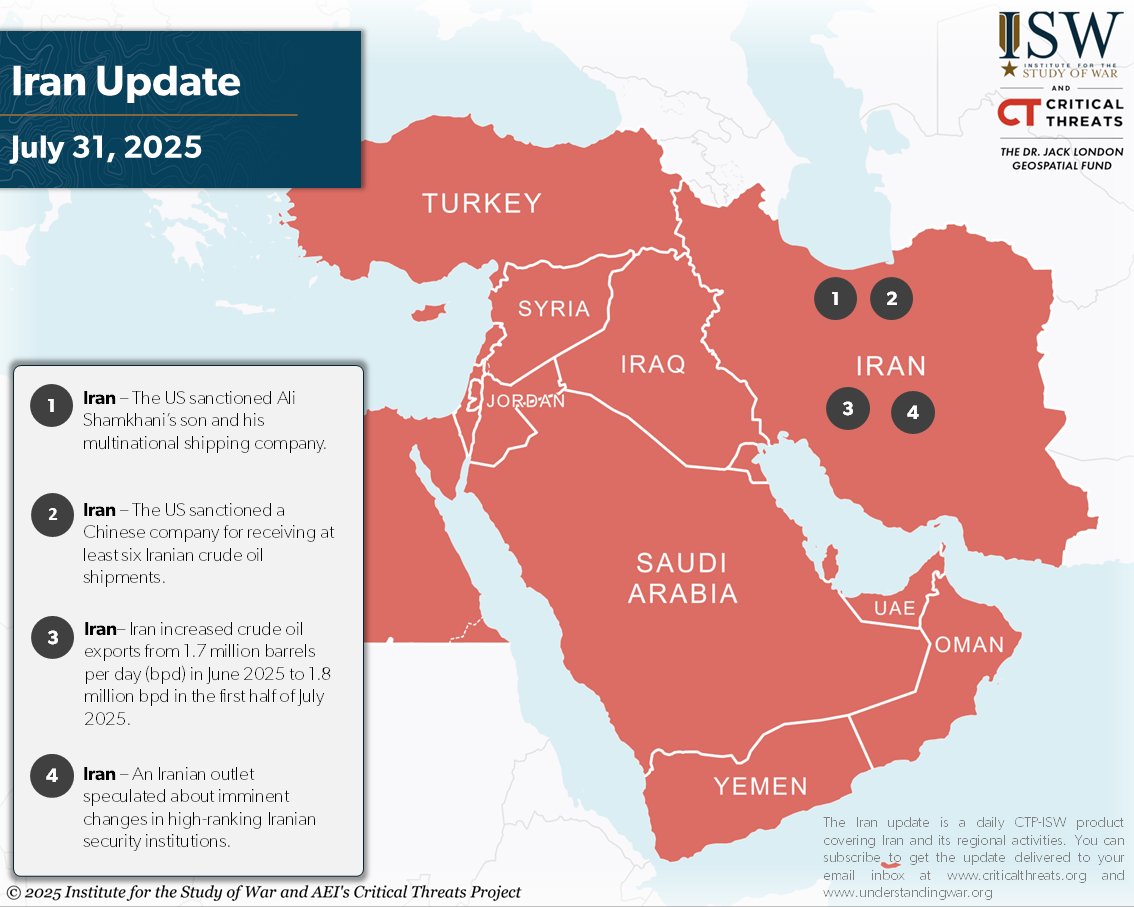NEW | #Russian forces are continuing to suffer shortages of reserve manpower, causing the Russian military command to consolidate depleted battalion tactical groups. Read today’s update from CTP and @TheStudyofWar: criticalthreats.org/analysis/russi… 

#Russian and proxy authorities in #Mariupol are struggling to establish coherent administrative control of the city. 

The #Luhansk People’s Republic (LNR) claimed to have encircled #Ukrainian troops in #Zolote and #Hirske. 
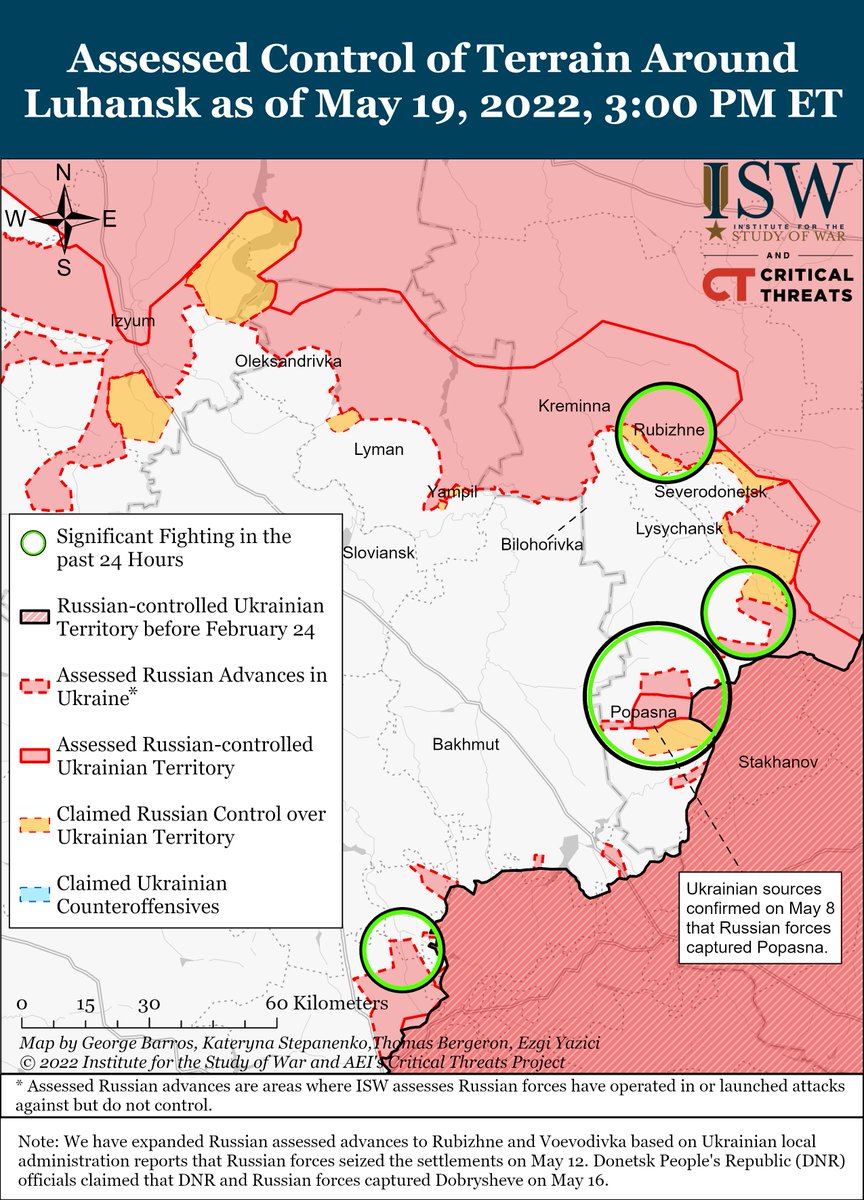
#Ukrainian military officials reported that some #Russian troops withdrawn from the #Kharkiv City axis have redeployed to western #Donetsk Oblast. 
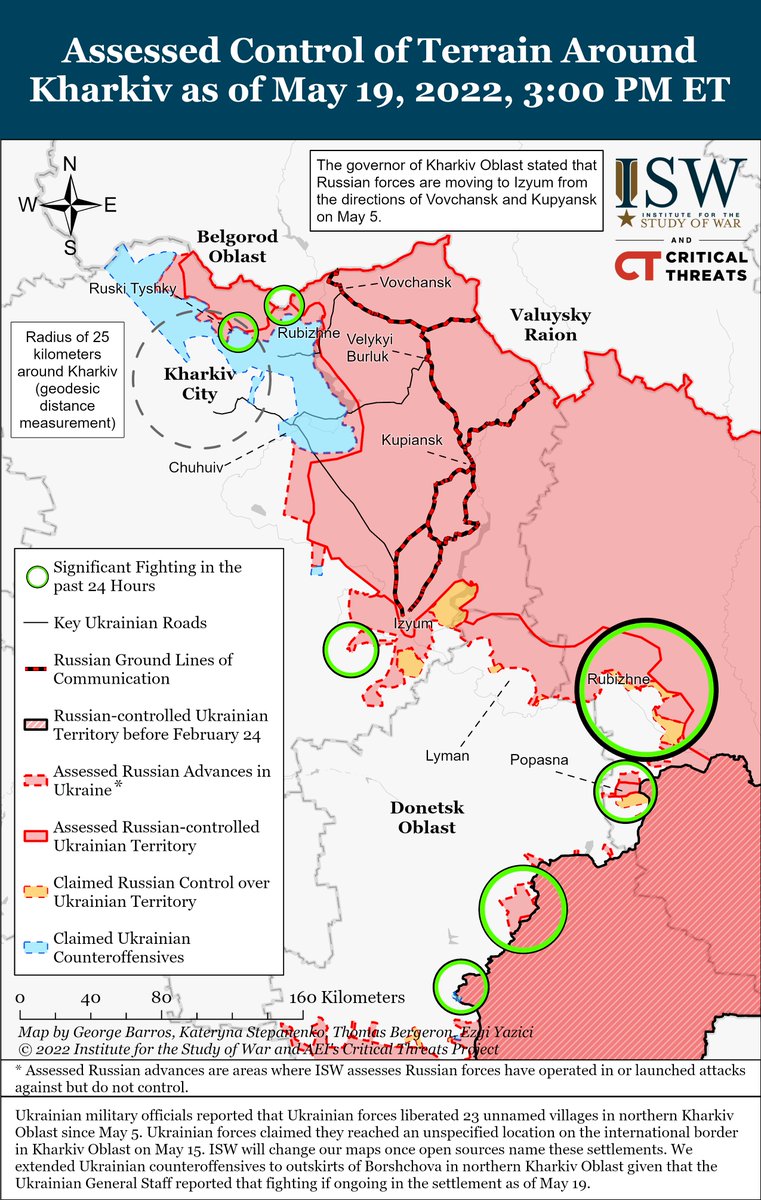
#Russian forces conducted artillery attacks against #Kherson, #Zaporizhia, #Dnipropetrovsk, and #Mykolaiv Oblasts. 

• • •
Missing some Tweet in this thread? You can try to
force a refresh


